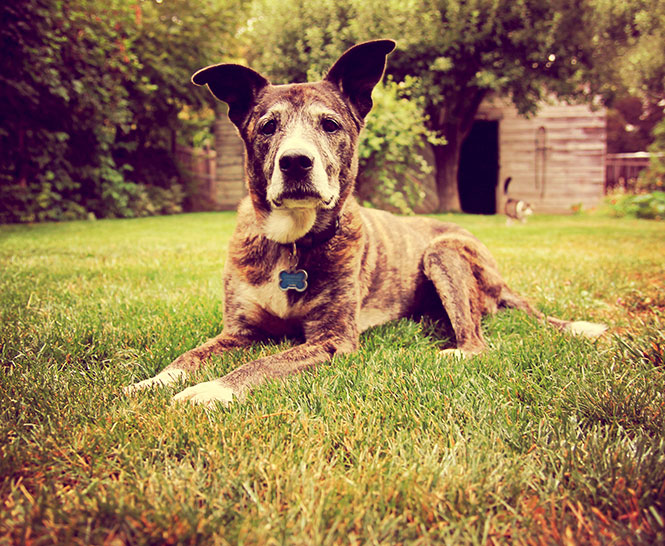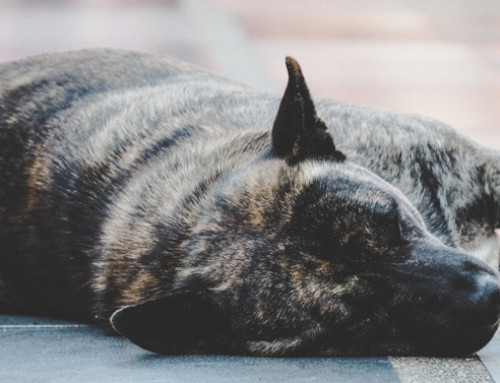Just because your dog is approaching senior years, that doesn’t mean they need to know miss out on the exciting things life has to offer. When your four legged friend begins to slow down a little, knowing how to care for them and what to watch out for can ensure that you both enjoy many more healthy and happy years together.
When do dogs age?
The age at which a dog is considered a ‘senior’ depends on their breed. Generally, larger breeds have a shorter lifespan and so are considered old at five or six human years. Smaller breeds, on the other hand, usually have a longer lifespan and are thought of as seniors around ten years of age. Consult your vet for information specific to your particular breed. Check out this quick calculator to figure out the “real” age of your dog.
What happens when dogs age?
Just like humans, when a dog begins to age, they slow down. Grey hairs appear, their appetite decreases, and their energy levels drop. Ensuring that your pet has a diet specific for seniors (low in calories) and is receiving proper nutrition is important, as older dogs tend to put on weight much easier. Obesity just adds a whole new set of health problems to a senior dog.
Slowing down also means arthritis and stiff, sore, or painful joints. Regular vet checkups can help to identify and treat these issues before they become a major problem. There are a range of natural supplements that are available to ease aching joints in your pet. Regular exercise is more important now than when they were a puppy, but always remember to not push your dog too far, and be a little gentler when playing. Don’t forget to check toenails regularly if your dog is exercising less often than before.
Things to watch out for
Other health issues to look out for in dogs are to do with cognitive function. Often the hearing in older animals begins to decrease and they will seem less alert. Always check the ears for infections or unusual odours (this indicates infection when there are no physical signs), and remember to clean them regularly.
The eyes are another part to check regularly. If you see any cloudiness in your dog’s eye, seek a veterinarian’s advice immediately as this indicates that cataracts may be beginning to form. Although they cannot be cured, progress can be slowed down with the right medications.
Your aging dog may also begin to lose control over bodily functions. It’s important to remember not to get frustrated or upset with your pet when this does happen as they are likely to be just as upset as you are about having an ‘accident’ inside.
Always check your pet for lumps. Cancer is a common issue in older dogs, particularly in pets who haven’t been desexed. Surgery has risks whether you’re human or animal, but modern medicine has improved so much that the risk is minimal. The vet may take a biopsy to determine whether the lump is malignant or not before deciding to operate.
No matter what breed of dog you have, knowing the signs of old age can help you and your pet enjoy those final years of life much more comfortably.







Leave A Comment